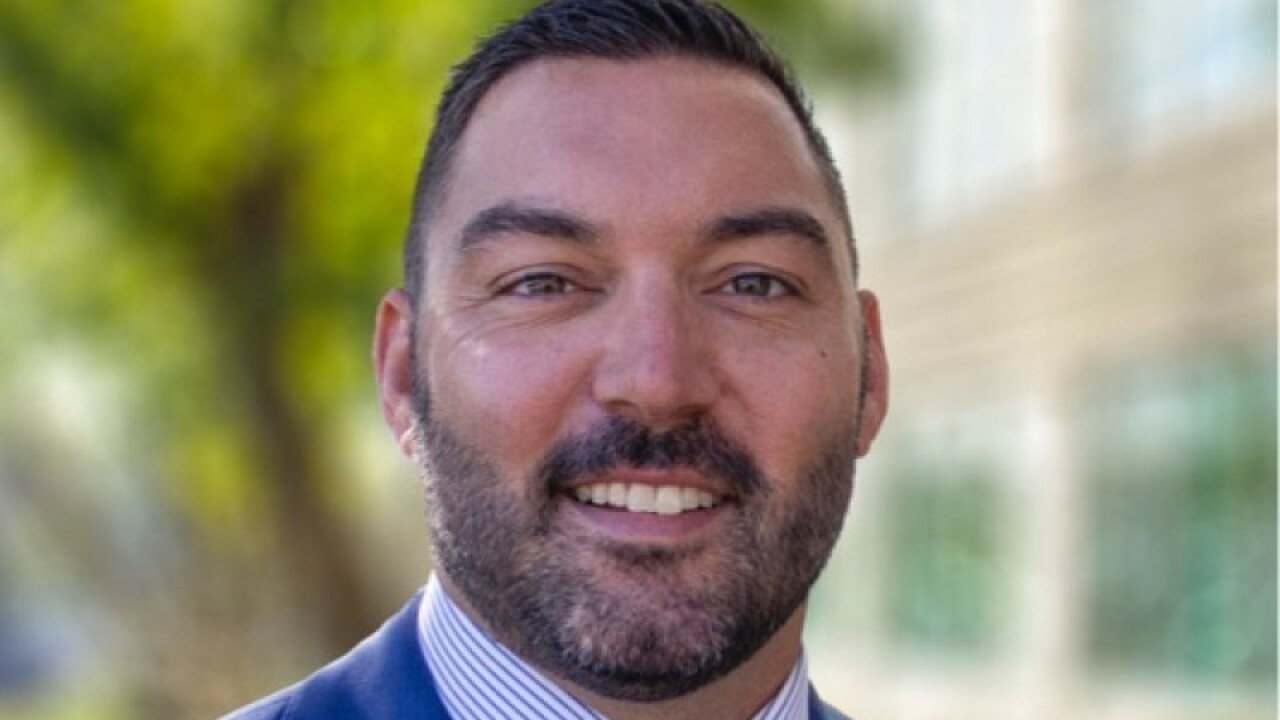As the financial markets hit investors with gale-force gyrations last week, most advisers are telling their clients to drop anchor.
At least in the short term, most investors are heeding that advice, even as the Dow Jones Industrial Average fell 520 points on Wednesday, erasing the 429-point gain the day before. And on Monday, the Dow swooned by 634 points-the sixth-largest, single-day decline in history.
Just ahead of last week's turbulence, Richard Tsoumas, CEO of The Planning Group, started calling all of his clients to explain the sell-off on Aug. 4 that sunk the Dow by 512 points. Tsoumas told investors that the dip was likely to change direction and that they should not to sell out of the market.
Except in a handful of specific instances- such as those clients who are retired and withdrawing cash to cover monthly living expenses, or whose risk tolerance is low-Tsoumas advocates sitting tight and riding it out.
Denis Fatovic, an adviser with Financial Network Investment Corp., in Teaneck, N.J., said his phones were ringing off the hook all last week.
"People wanted explanations and answers," Fatovic said. "Some were in a panic and felt they had to sell something out of their portfolios. I told people that they needed to separate emotion from real investment issues and that I could help with those issues, but not with the emotions."
As for explanations, Fatovic told people that "markets may be on thin ice, but that doesn't mean another recession is imminent." He urged people "not to sell into a fire sale, and to make wise decisions," that those with long-term investment goals should "stay put." For others, the market decline could be a "buying opportunity" to have markets so low.
Starlette Vance, a financial adviser at The People's Bank in Ripley Miss., said, "I have some clients calling me, but most of the ones who can't stomach this kind of thing already left me in 2008. I tell those who call not to be afraid. It's just a temporary thing and the government is fixing it.
"I do have some clients who are nearing retirement, and I tell them I have got the medicine for them-annuities-but some of them aren't ready to take it," she added.
Most clients at The Planning Group, whose collective assets under management amounts to almost $200 million, can afford to maintain their equity positions through turbulence. Others, though, have sold businesses and real estate, so they might want to retain those proceeds.
At Burns Advisory Group, in Old Lyme, Conn., Tom McGuigan thinks the market is in a panic-but he's not advising his clients to sell out of it.
In fact, the firm's 70-plus household clients have been very quiet, perhaps because Burns Advisory is in the midst of a series of educational lunches. Two weeks ago, the topic was "The Risky Side of Risk," which had the group talk at length about market volatility.
McGuigan said these seminars have made his clients realize that market ups and downs are not their biggest risk of all. Rather, it is inflation they should be most concerned about.
Burns Advisory Group plans to address that by discussing how to assemble a broadly diversified fixed-income portfolio to generate returns for solid retirement income. In fact, the topic of the next learning luncheon will be: "How to Recreate Your Paycheck in Retirement," McGuigan said. The group plans to educate clients about bonds across the credit spectrum, McGuigan said.
Regardless of last week's market turbulence, Burns Advisory believes the economy is on the mend. As for stocks, Mc- Guigan noted, corporations have amassed cash, profits are near all-time highs and most companies in the S&P 500 derive at least 50% of their revenues from busy emerging-market economies. All of those factors shorn up the firm's confidence in the corporate sector.
Likewise, Bank of America Merrill Lynch is urging investors not to make rash moves with their current investments, and to also consider asset classes poised to profit in current conditions.
"Investors really need to resist the temptation to either sell and to panic, or frankly even to buy on the dips," said CIO Lisa Shalett. "Market timing here is just impossible to do, so we need to continue to think about asset allocation as our anchor."
That means taking advantage of strong global opportunities, Shalett said. Investment portfolios should also be evaluated to see if they have enough fixed income holdings in strongly performing companies, exposure to non-U.S. sovereign bonds that can come with AAA ratings and emerging markets and commodities.
Clients at Titan Financial Services in Waldorf, Md., are not in a panic, but many of them are professional athletes. In the best of times, the collective allocation to equities is a mere 35% to 40%, said Christopher Franklin, the practice's founder and chief executive officer.
"The first contract might be their last, so we cannot put 100% into the stock market," he said. "We don't know when their careers will end."
Franklin said the U.S. is in a tight credit environment where lending from small business loans is scarce and the housing market has yet to rebound.
Further, the debt ceiling compromise did not go far enough to address the nation's budgetary issues. "Congress only came up with half a loaf," he said. "We've got to come up with $2 trillion more dollars and get [our] house in order."
Stocks will come back, Franklin said. "But you better know your client's situation," he continued. "If his portfolio declines by $200,000, what if that was the last $200,000 he had?"
Donna Mitchell writes for Financial Planning.





